Netflix's Star Trek Discovery: Will this be a return to form?
'Star Trek' returns to our TV screens with a new series, new characters and a new ship, but the franchise has experienced a bumpy ride in the half century since the show launched in 1966
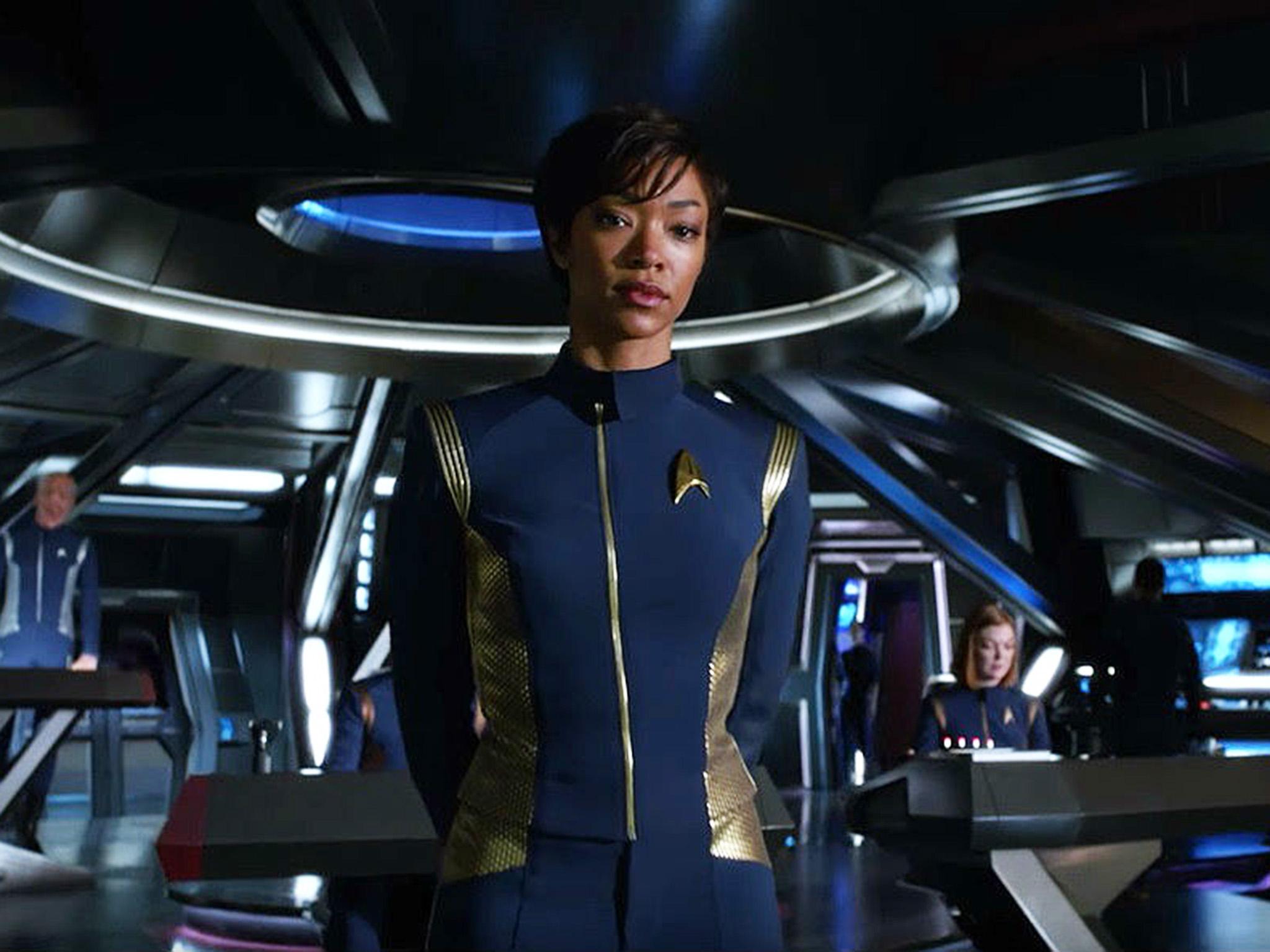
Your support helps us to tell the story
From reproductive rights to climate change to Big Tech, The Independent is on the ground when the story is developing. Whether it's investigating the financials of Elon Musk's pro-Trump PAC or producing our latest documentary, 'The A Word', which shines a light on the American women fighting for reproductive rights, we know how important it is to parse out the facts from the messaging.
At such a critical moment in US history, we need reporters on the ground. Your donation allows us to keep sending journalists to speak to both sides of the story.
The Independent is trusted by Americans across the entire political spectrum. And unlike many other quality news outlets, we choose not to lock Americans out of our reporting and analysis with paywalls. We believe quality journalism should be available to everyone, paid for by those who can afford it.
Your support makes all the difference.Star Trek will return to our TV screens in September after a 12-year hiatus, with the launch of the imaginatively titled Star Trek: Discovery on SVoD platform CBS All Access in the US and Netflix in the UK.
The show has had a torturous time reaching the screen, with showrunner Bryan Fuller (Hannibal) quitting in October 2016 due to being overwhelmed with other projects, namely American Gods (Starz) and a possible re-boot of the anthology series Amazing Stories.
Originally announced as launching in January this year, this was then pushed back to May, but now the wait is over for fans with the announcement by Netflix UK that the show will debut on 25 September when the first two episodes will be available to stream.
New episodes will continue to be made available every Monday, less than 24 hours after they initially stream CBS All Access. The first season – which runs to fifteen episodes – is being split into two separate runs; the first eight episodes will air from September to November, with the remaining episodes kicking off in January 2018.
In the 50 years since the launch of the original Star Trek series in September 1966, the show, along with its attendant movies and spin-offs, has pursued a cyclical path in terms of popularity.
Whilst served by a consistent and vocal fan base, Trek has a mixed record in terms of crossing over to wider audiences.
A mainstream success such as The Voyage Home (1986) was followed by the disastrous Final Frontier (1989), a Shatner directed/written clunker which was felt by some to have almost killed the franchise.
Similarly, 2002’s Nemesis, despite boasting an early leading performance from Tom Hardy, was considered such a bomb that the movie series was put on ice until JJ Abrams successful Star Trek re-boot in 2009, which managed to engage cinema-goers who previously wouldn’t have been willing to pay to see any of the franchise.
But the swings and roundabouts of the Trek movies continued, and after the strong performance of Star Trek: Into Darkness (2013), 2016’s Star Trek: Beyond was considered a relative box office failure, possibly because it hued closer to the ethos of the original series.

Watch Apple TV+ free for 7 days
New subscribers only. £8.99/mo. after free trial. Plan auto-renews until cancelled

Watch Apple TV+ free for 7 days
New subscribers only. £8.99/mo. after free trial. Plan auto-renews until cancelled
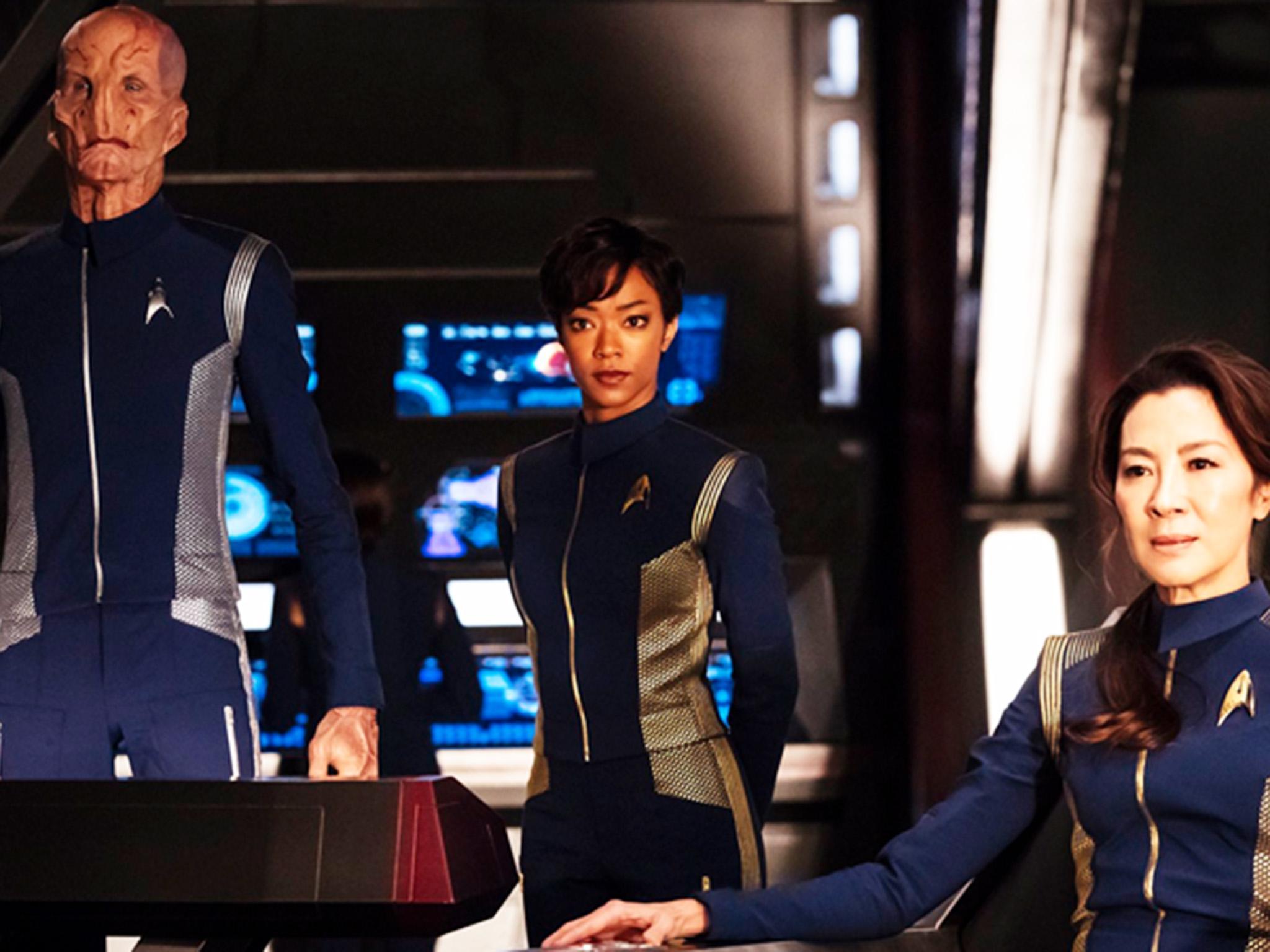
Another Trek movie is in the works, presumably with the intention of aiming for the crowd-pleasing spirit of Abrams first movie.
The erratic performance of the Trek movies led to the so-called ‘Curse of Star Trek’, where the even-numbered titles were felt to be substantially better than those with odd numbers - hence the popularity of The Wrath of Khan, Voyage Home, Undiscovered Country and First Contact, and the opprobrium attracted by Star Trek: The Motion Picture, The Search for Spock, The Final Frontier, Generations and Insurrection.
Despite its neatness, this theory unfortunately falls apart by the time we get to the aforementioned Nemesis.
The live action spin-offs that followed the original series (which itself was canned by NBC after only three seasons) have also varied in popularity, with Star Trek: The Next Generation (1987-94) and Deep Space Nine (1993-99) enjoying positive critical and fan reaction, but Voyager (1995-2001) and particularly the prequel Enterprise (2001-2005) being less well received.
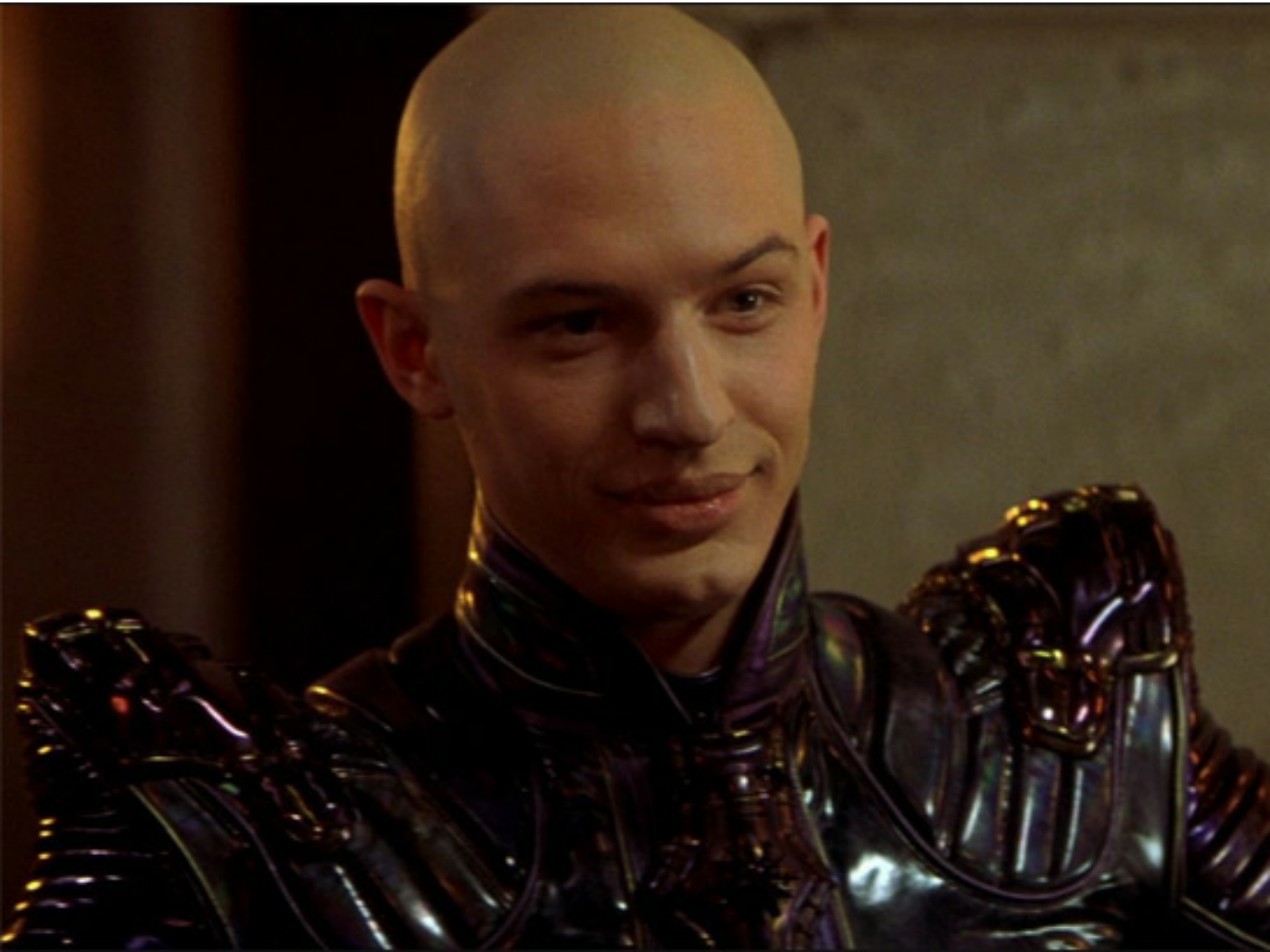
It’s interesting to note that both TNG and DS9 were shown only in syndication, whilst Voyager and Enterprise were shown on the fairly minor UPN network, in acknowledgement of the comparatively limited but dedicated audience the Trek TV franchise attracts.
Star Trek: Discovery is set 10 years before the original series, with all 13 episodes covering a season-long storyline.
This is not a first for the franchise, as season three of the largely derided Star Trek: Enterprise was also dedicated to the single Xindi story arc.
Future Star Trek:Discovery series may be set in different timelines, with all new casts, although this has not been confirmed.
The production travails involved in getting the show on air pale into comparison with some experienced by previous Trek series, most notably when actress Genevieve Bujold quit the lead role of Captain Janeway in Voyager after just a day and a half’s filming and was then replaced by Kate Mulgrew.
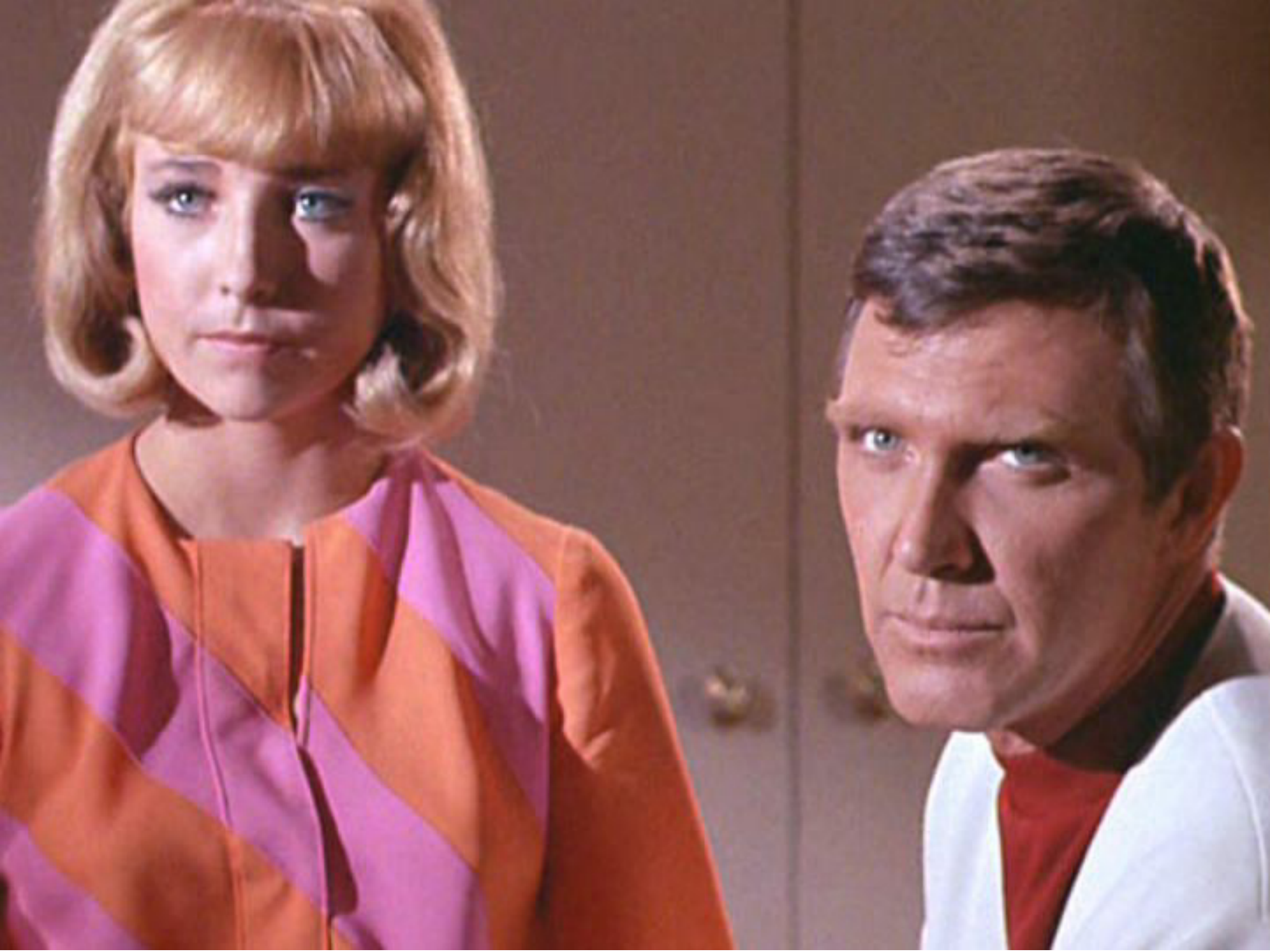
Star Trek seems to have brought out the worst side of some of the actors involved in the show, most notoriously William Shatner, who feuded with pretty much the rest of the cast of the original series.
Less well-known was the bad blood that occurred when the character of the buxom Borg Seven of Nine (Jeri Ryan) was introduced in season four of Voyager, with Kate Mulgrew (Captain Janeway) apparently not welcoming Ryan’s addition to the show.
One thing that Star Trek: Discovery does have going for it is an unusually strong cast (by Trek standards) with Brits James Frain (Gotham/The Tudors) and Jason Isaacs (Harry Potter/The OA), Michelle Yeoh (Crouching Tiger, Hidden Dragon/Tomorrow Never Dies) and lead Sonequa Martin-Green, most familiar to UK audiences as Sasha from The Walking Dead who recently memorably exited the show at the end of season 7.
Rainn Wilson (The Office/Backstrom) takes the recurring role of comic relief confidence trickster Harry Mudd, a character from the original series played by Roger C Carmel.
As an SVOD show, there may be more leeway in terms of language, although it’s unlikely to be giving The Wolf of Wall Street a run for its money.
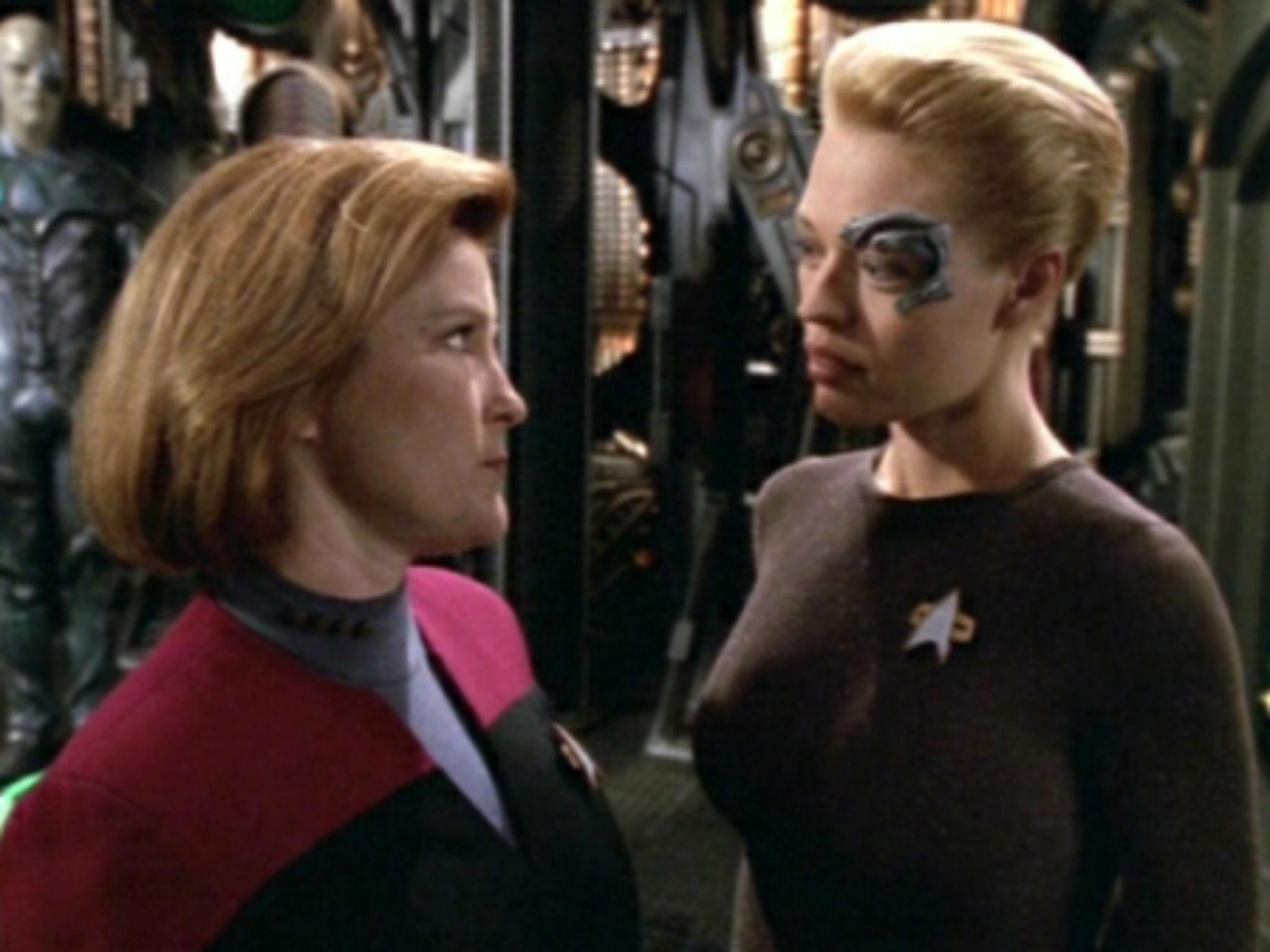
Set design will be a major priority for the series, with original showrunner Fuller wanting to echo some of Ralph McQuarrie and Ken Adams concepts for the unproduced 1970s Trek movie Planet of the Titans, saying that they wanted ‘something distinct about what our Star Trek was going to look like - sort of harder lines of a ship, talking about race cars and Lamborghinis in the '1970s and James Bond cars’.
In addition to unproduced movies, Star Trek must hold some kind of record for discarded spin-off ideas, which include Assignment Earth, Phase II, Federation, Hopeship, a Spock solo series, a re-boot of the original 1960s show and even The Adventures of Harry Mudd…
Some elements of these rejected concepts eventually made it into other Trek movies and series, but the only one we really envisage what it may have looked like is Assignment Earth.
This is due to its nature as a backdoor pilot in season 2 of the original 1960s series, with time-travelling super-agent Gary Seven preventing WWIII, aided by his secretary Roberta Lincoln (Teri Garr) and his shape-changing cat Isis.

The Trek crew act as more an impediment than a help, but naturally nuclear Armageddon is averted; presumably Seven, Lincoln and their feline companion then go on to more groovy adventures in late-sixties USA.
It’s a shame that Assignment Earth was never picked up, as the episode possessed a kind of goofy charm and humour that Trek itself was not always capable of.
Let’s hope Star Trek: Discovery can enjoy some lighter moments and avoid the occasionally po-faced tendencies of some previous Trek series.
'Star Trek: Discovery' is on Netflix from 25 September
Join our commenting forum
Join thought-provoking conversations, follow other Independent readers and see their replies
Comments